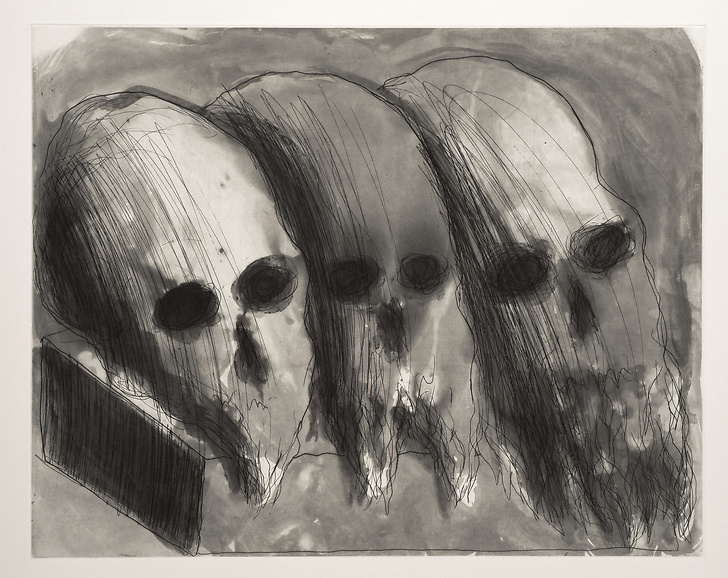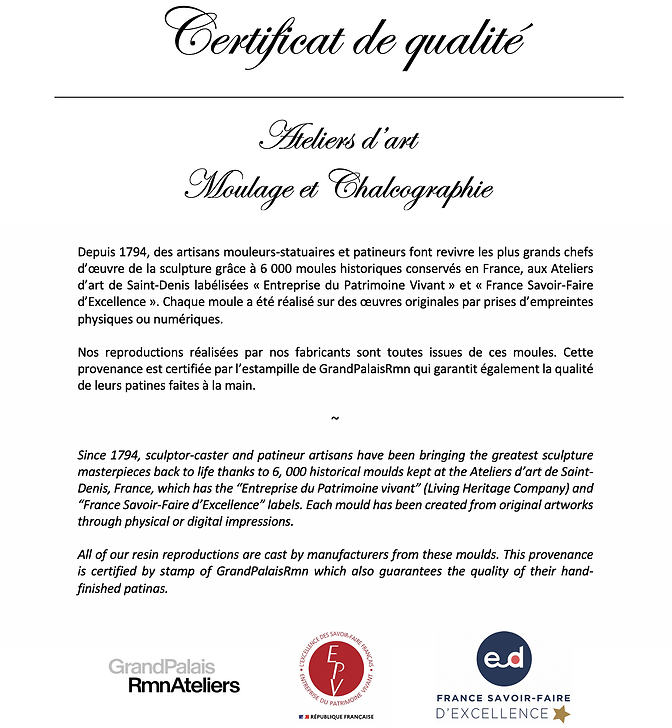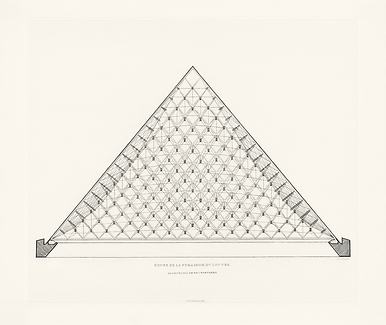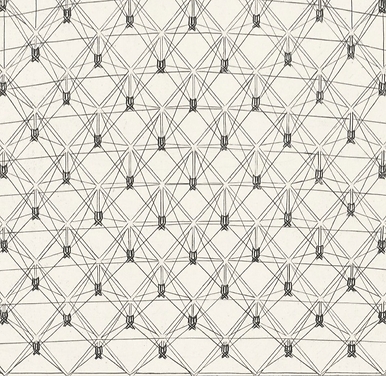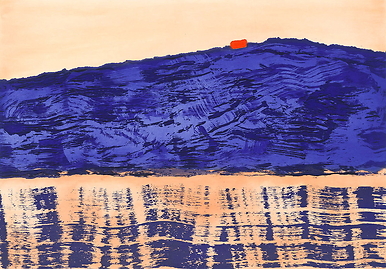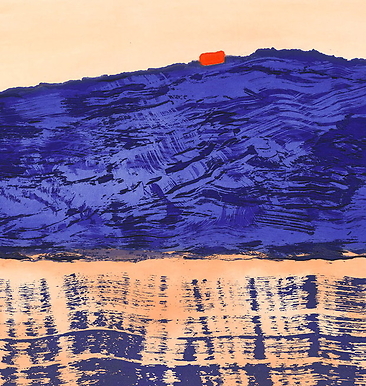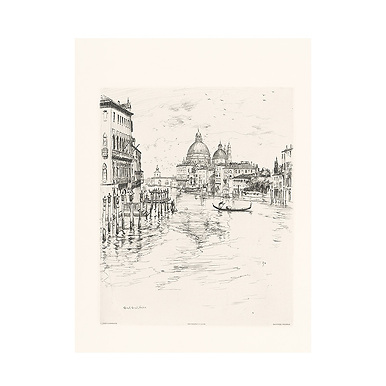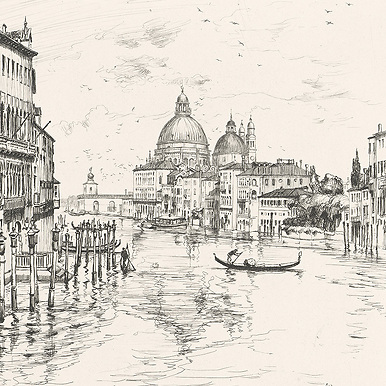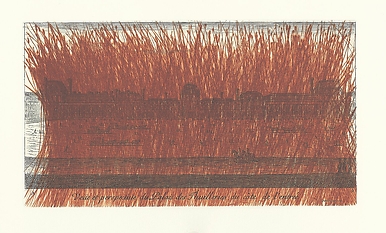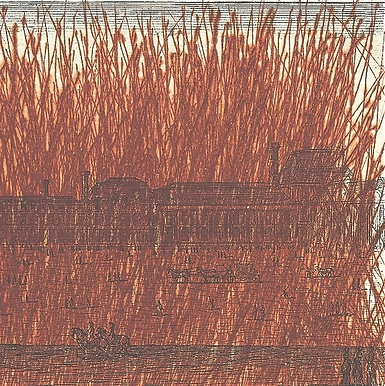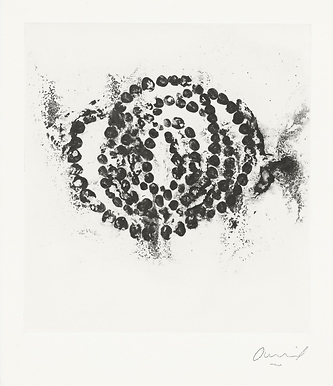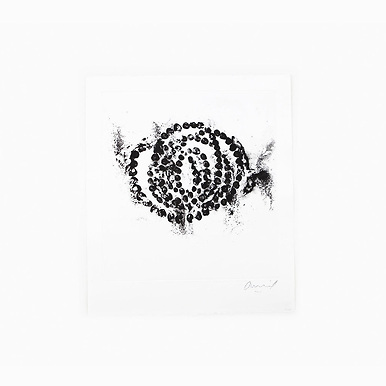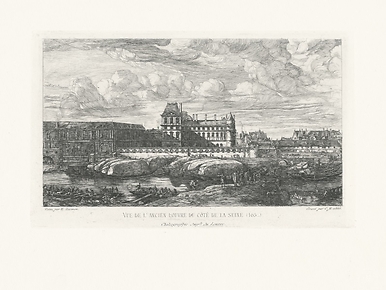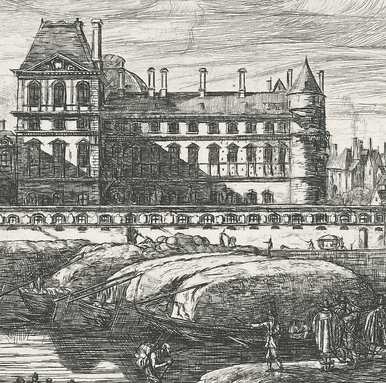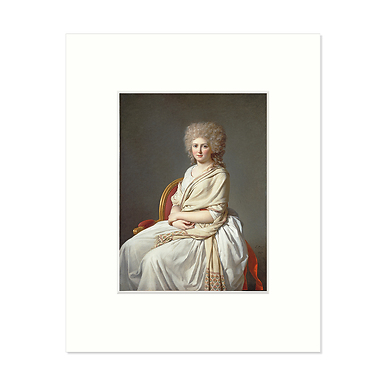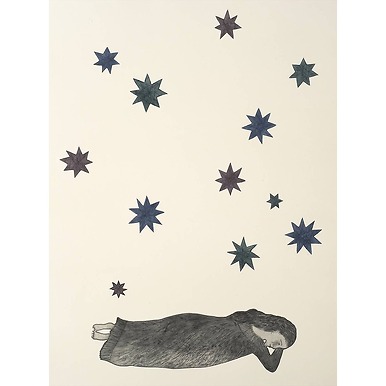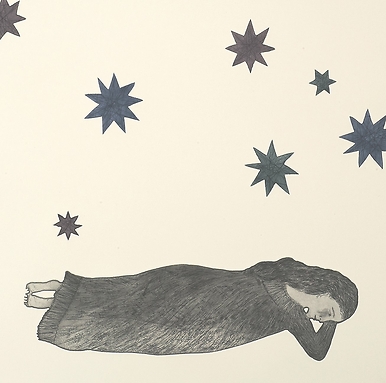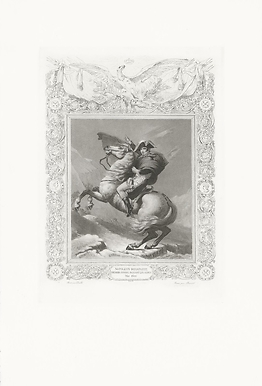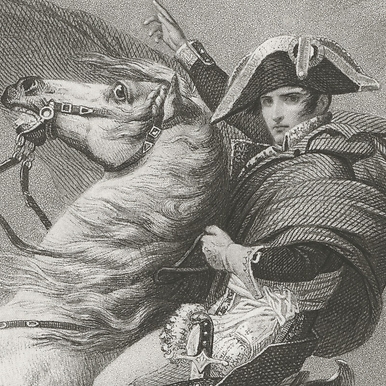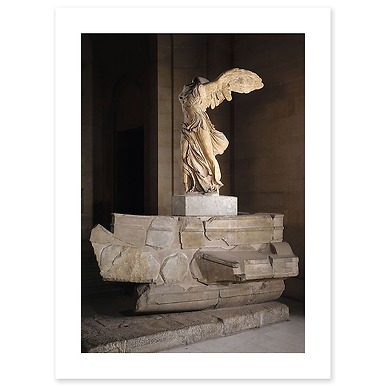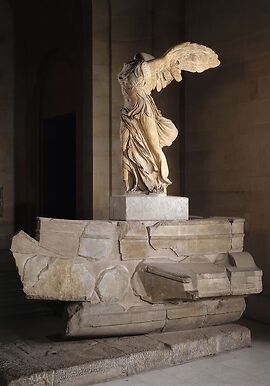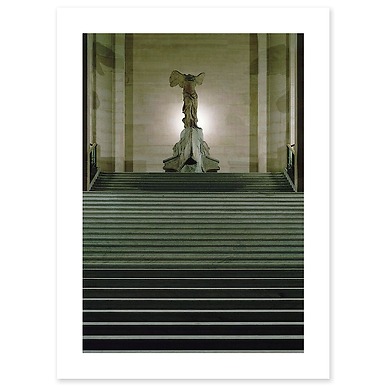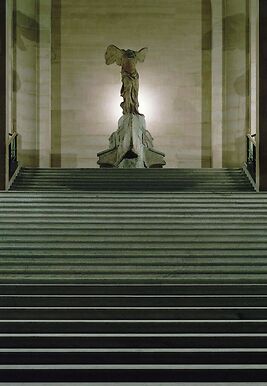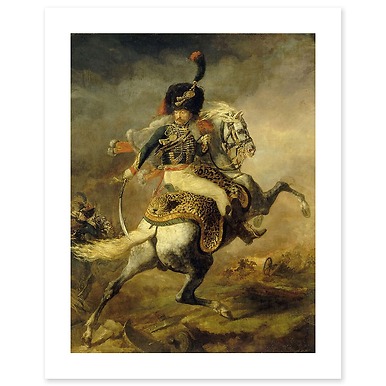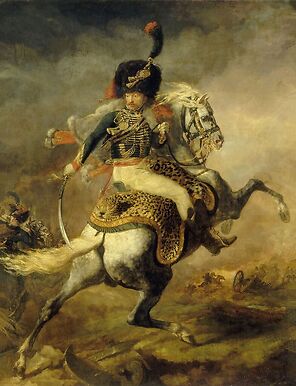Vanity of the three skulls - Miquel Barceló 2005
KM011418
Since 1989, the Louvre Museum and the Réunion des musées nationaux have entrusted contemporary artists with the task of producing engraved plates for Chalcographie, which ensures the exclusivity of the print run, without limitation on the number of prints.
Miquel Barceló, born on 8 January 1957 in Félanitx...
Read more
Since 1989, the Louvre Museum and the Réunion des musées nationaux have entrusted contemporary artists with the task of producing engraved plates for Chalcographie, which ensures the exclusivity of the print run, without limitation on the number of prints.
Miquel Barceló, born on 8 January 1957 in Félanitx on the Spanish island of Majorca in the Balearic Islands, is a Catalan Spanish artist associated with the neo-expressionist movement.
The Spanish artist Miguel Barceló explores painting, drawing and engraving as well as sculpture and ceramics. His complex, elaborate work is underpinned by a direct, carnal relationship with the most diverse materials (earth, wood, leather, animal skulls) he uses. The Vanité aux trois crânes (Vanity with three skulls) is in keeping with the themes of metamorphosis and death, but also with that of portraiture, very present in Barceló's work, who often depicted animal skulls, particularly monkey skulls, as self-portraits. These three skulls could evoke those of Christ and the two thieves or, as the artist himself has verbally affirmed, those of Lenin, Marx and Engels. The superimposition of nervous, incisive etching strokes on the aquatint is a way for Barceló, who draws inspiration from the examples of Dürer, Rembrandt or Picasso, "to criss-cross the lines on the plate to produce black...what's very beautiful about etching is that black can always become blacker".
Barceló has also received two major commissions, one for the decoration of the Sant Pere Chapel of Palma de Mallorca Cathedral in 2007 and the other from the Spanish State for the dome of the UN Palace of the Nations in Geneva in 2008.
For several years now, Miquel Barceló has been living and working alternately in Mallorca, Paris and Mali on the Bandiagara cliff. In 2003, he received the prestigious Prince of Asturias Prize for the Arts.
Close
Sold by GrandPalaisRmn

